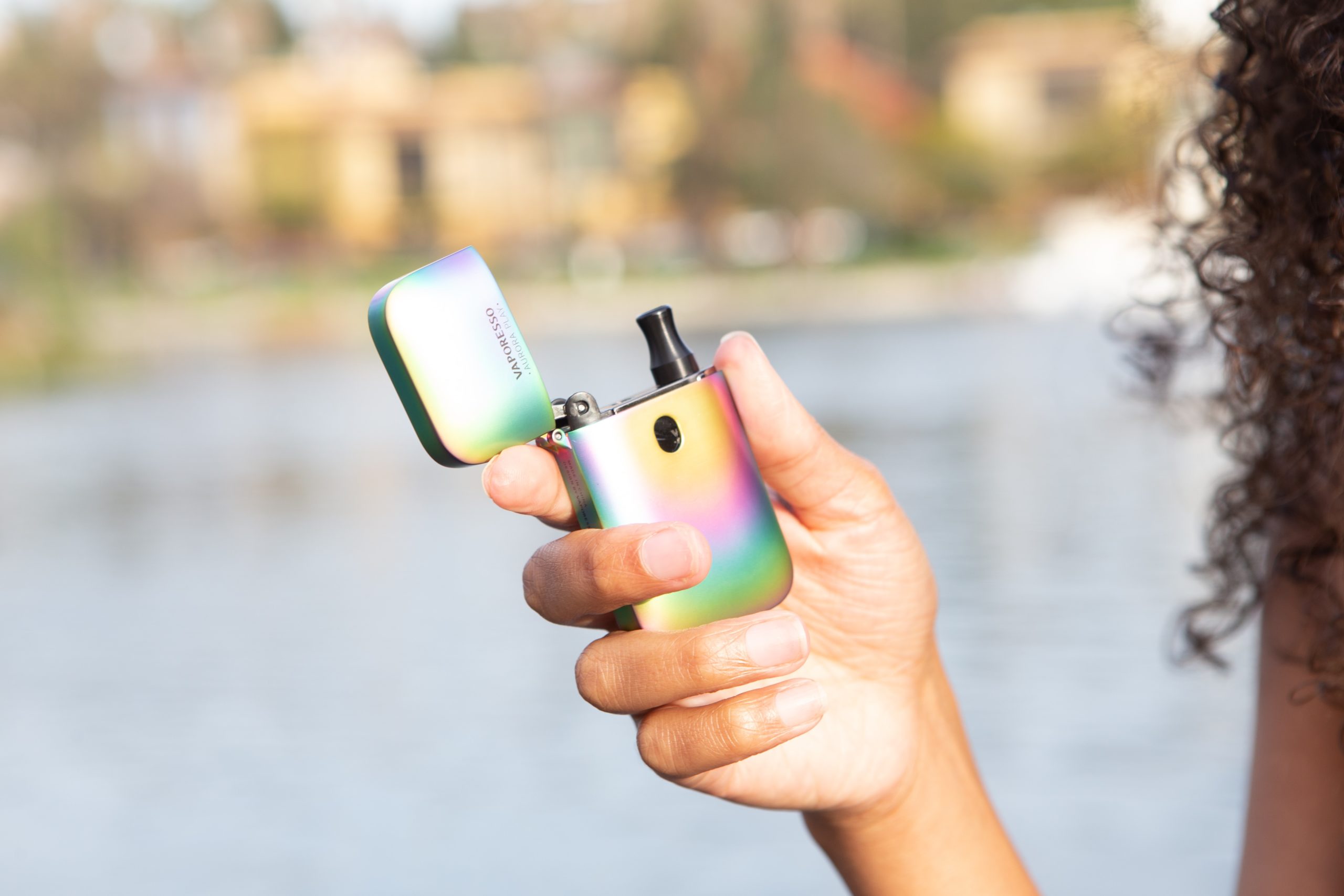Each week, The Daily’s Science & Tech section produces a roundup of the most exciting and influential research happening on campus or otherwise related to Stanford. Here’s our digest for the week of Aug. 23 – Aug 29.
E-cigarette companies increased advertising amid COVID-19
E-cigarette companies have been taking advantage of stress induced by the COVID-19 pandemic to increase sales of vaping products, a study published on Aug. 27 in “BMJ Tobacco Control” found.
Vaping among young people also increases the likelihood of coronavirus infection by five to seven times, according to a recent study published by the Halpern-Felsher lab.
“While we thought we had seen it all — and we have seen a lot in our collection of over 50,000 tobacco advertisements — we had never imagined we would see tobacco companies exploiting a global pandemic for marketing purposes,” otolaryngology professor Robert Jackler told Stanford Medicine News.
The findings suggest e-cigarette companies promoted advertisements that encourage vaping products to alleviate stress from the pandemic. The study cites examples like slogans urging consumers to “Stay Home & Vape” with colorful imagery of vapors. Other companies have offered vaping product discounts or provided free cleaning supplies, like hand sanitizer, with an e-cigarette purchase.
“It is more than a bit ironic that e-cigarette companies have chosen to exploit a global pandemic for marketing purposes when their products themselves have been described as causing an epidemic of nicotine addiction among youth,” Jackler told Stanford Medicine News.
Smartphones designed to detect an intoxicated person’s walk
Smartphones with advanced sensors can tell when a person is inebriated by analyzing their gait as they walk, a study published on Aug. 18 in “Journal of Studies on Alcohol and Drugs” found.
“The thought has always been in the back of my head that maybe we could passively sense when someone is drinking, that there are things we can do remotely to help them reduce risk,” emergency medicine associate professor Brian Suffoletto told Stanford Medicine News. “That led me to focus on gait.”
The research team analyzed 22 participants as they walked around the room — first when sober, and then when drunk. The phones were taped to the participant’s backs as they moved around. Afterward, the researchers found that they could detect the walk of a drunk person with 90% accuracy.
“Gait is an exquisitely complex process,” Suffoletto told Stanford Medicine News. “It may be the first indication of intoxication, as opposed to slurring of speech, for example.”
Scientists observe atmospheric gravity waves
Large balloons launched into the atmosphere have allowed scientists to measure atmospheric gravity waves, a study published on Aug. 30 in “Journal of Geophysical Research: Atmospheres” reports. Gravity waves can cause turbulence in airplanes and impact how storms evolve on the ground.
“They’re tiny and they change on timescales of minutes,” assistant professor of earth system science Aditi Sheshadri told Stanford News. “But in an integrated sense, they affect, for instance, the momentum budget of the jet stream, which is this massive planetary scale thing that interacts with storms and plays an important role in setting their course.”
Among high-frequency gravity waves, Sheshadri and colleagues found larger waves with more kinetic energy buildup in the summer and around the tropics. In the winter and closer to the poles, gravity waves tended to be smaller and less energetic.
“Getting gravity waves right would help constrain circulation responses to climate change, like how much it’s going to rain in a particular location, the number of storms — dynamical things such as wind and rain and snow,” Sheshadri told Stanford News.
Contact Derek Chen at derekc8 ‘at’ stanford.edu.
